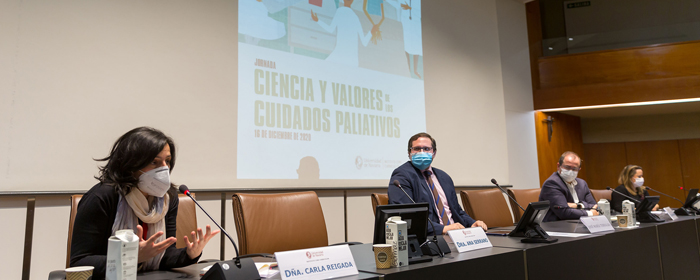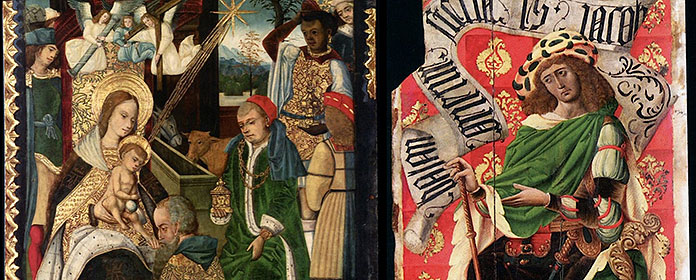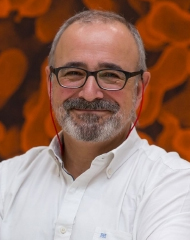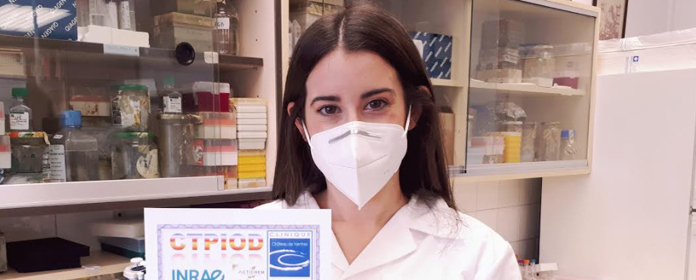Gene therapy to cure Dravet's syndrome
The Cima University of Navarra, the Dravet Syndrome Foundation and Innomedyx sign an agreement agreement to promote the research of this neurological disease.
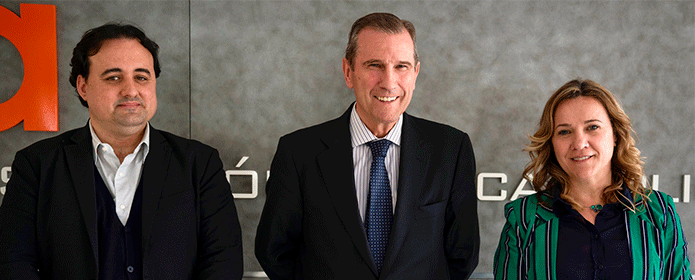
The Cima University of Navarra, the Dravet Syndrome Foundation and Innomedyx have signed an agreement partnership agreement to strengthen research with gene therapy for this neurological disease.
For two years, sports, art, music, raffles, solidarity dinners and concerts will be held jointly to give a voice to patients with Dravet Syndrome and seek funds for their cure. This is an initiative promoted by Helpify, a crowdfunding platform of Cima University of Navarra, and organized by the Abrazos Solidarity Campaign. "With the slogan "Cure Dravet" this year we celebrate the fifth edition looking for a very special hug: the hug of generosity. Perhaps it is the most difficult to give, and even more so when it comes to giving it to people we don't know at all. On this occasion we will allocate all the profits from these initiatives to the research that Cima carries out on this disease", explains Rosa Valenzuela, CEO of Innomedyx and promoter of the Hugs Campaign.
The next charity quotation is the launch of the solidarity bib 2019, an initiative of RetoDravet. It is a platform for the dissemination of Dravet syndrome through solidarity sport and other cultural and social events, with the goal to raise funds for the research.
Advances with gene therapyDravet syndrome is a rare disease Genetics affecting 1 in 20,000 inhabitants. It is one of the most severe congenital epilepsies. It causes very frequent seizures, sometimes of long duration, which do not respond well to conventional pharmacological treatments. In more than 80% of cases the cause is a mutation in the SCN1A gene.
"The Gene Therapy and Neuroscience programs at Cima, in close partnership with the department of Pediatrics at the Clínica Universidad de Navarra, have initiated a project to transfer the corrected gene to neurons using high-capacity adenoviral vectors. So far we have found that these vectors are functional and well tolerated in animal models of the disease, showing signs of improvement in some parameters", explains Dr. Rubén Hernández, researcher of the Gene Therapy Program at Cima.
Currently the project is in the optimization phase of these vectors, to improve both delivery routes and gene regulatory sequences.

